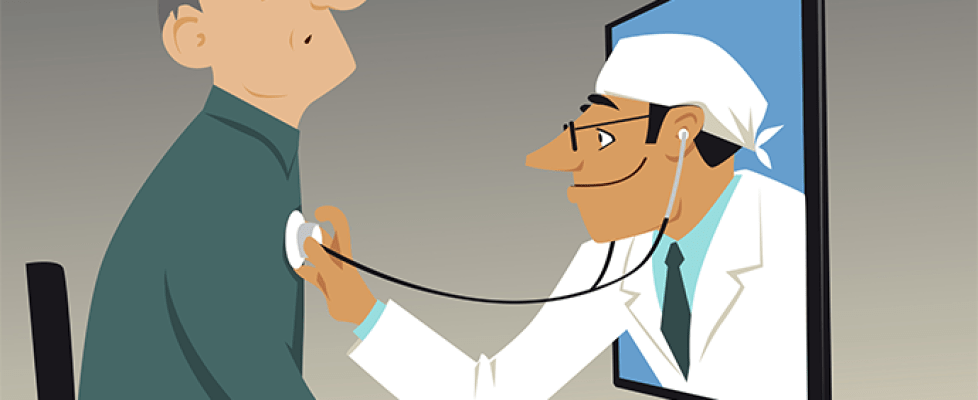VA Plans $1B Expansion of Remote Patient Monitoring Platform
The Department of Veterans Affairs is soliciting bids for four remote patient monitoring projects that could greatly expand the agency’s ability to treat veterans in their own homes.
September 20, 2021 – The Department of Veterans Affairs is looking to launch a massive expansion of its remote patient monitoring program to expand care and treatment of veterans in their own homes.
The VA has filed a notice that it will seek proposals for up to four separate “Remote Patient Monitoring Home Telehealth” (RPM-HT) programs, each funded for two years with options for six additional years, with a potential total cost for the program of about $1 billion.
Documents associated with the proposal call for a wide-ranging program that could include hub-and-spoke telehealth platforms, call centers, audio-only telehealth support, connected devices and even the inclusion of consumer-facing devices like fitness trackers and weight scales.
The program could place the VA – already one of the nation’s largest telehealth providers – at the top of the fast-growing RPM market, with the organization potentially providing home-based connected care for millions of veterans.
Many health systems have launched RPM programs over the past couple of years to provide home-based care for patients infected with COVID-19, and they’re starting to reconfigure those platforms to treat other populations, such as those discharged from the hospital and patients with chronic care management needs. The Centers for Medicare & Medicaid Services is moving slowly toward coverage as well, with some codes in place for remote physiologic monitoring in place and other codes for remote therapeutic monitoring included in the proposed 2022 Physician Fee Index.
The VA’s own RPM-HT program was launched by the VA’s Office of Connected Care in July 2003, assigning 110 care coordinators to manage roughly 1,500 veterans with acute and/or chronic conditions who qualified for home-based care. That program now encompasses more than 2,800 care coordinators managing more than 75,000 veterans in more than 20 standardized programs, including hypertension, heart failure, diabetes, chronic obstructive pulmonary disease and even depression.
Just last month, the agency published a report touting the success of the program in treating more than 23,500 veterans during the height of the coronavirus pandemic. That’s alongside a separate report issued in June 2020 that indicated veterans used telehealth to access care more than 120,000 times a week during the pandemic – a 1,000 percent increase in virtual care traffic over pre-pandemic levels.
With many of the nation’s 2.6 million veterans living in remote locations, dealing with mobility or transportation issues or simply hesitant to travel to the nearest hospital, the nation’s largest health system has been moving to embrace connected health. The number of veterans accessing healthcare through telehealth jumped 17 percent from 2018 to 2019, while virtual visits made through the VA Video Connect app jumped 235 percent.

